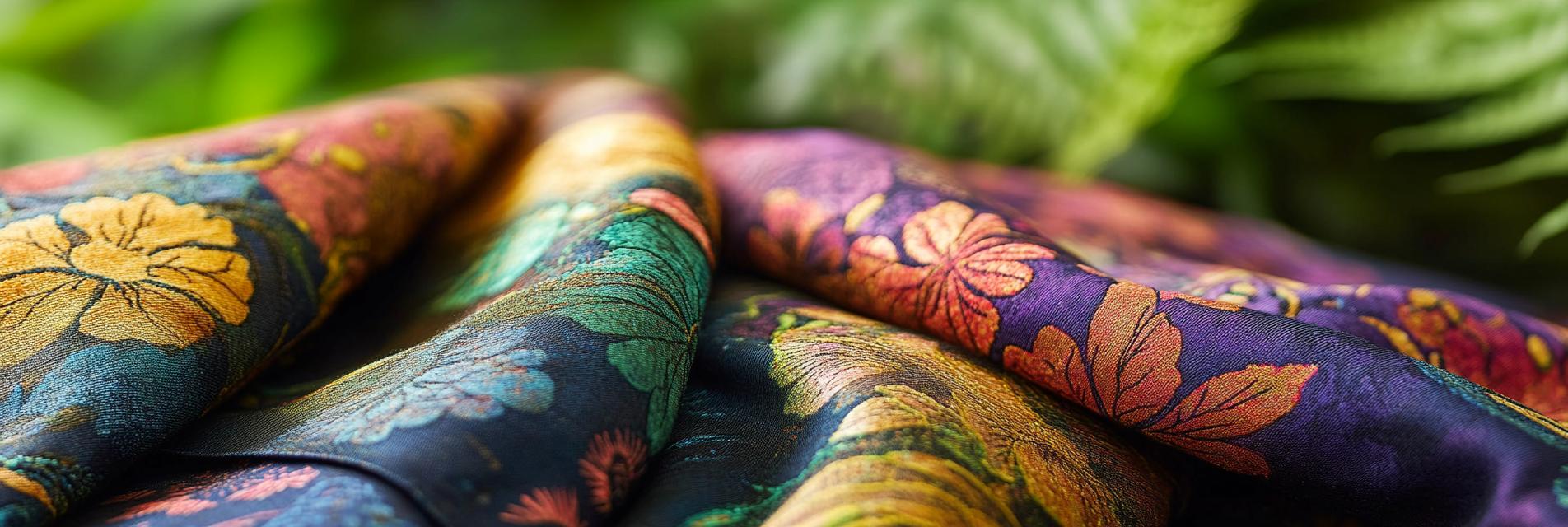As an enthusiast in the textile industry, I have spent years delving deep into the processes surrounding double layer fabric dyeing and printing. This article aims to unfold the life cycle of these materials while emphasizing the ecological considerations tied to their use. The textile industry is at a crossroads, and understanding the environmental implications is crucial for advancing sustainable practices.
The life cycle of double layer fabrics begins from the sourcing of raw materials, which can include sustainable fibers like organic cotton and recycled polyester. Companies are increasingly turning to renewable resources to mitigate harm to the environment. This phase plays a critical role, as the choice of materials sets the stage for the entire lifecycle assessment.

The next phase involves the dyeing and printing processes. Traditionally, these processes have been associated with high water and chemical consumption. However, innovative technologies have emerged that enable more eco-friendly methods, such as digital printing and waterless dyeing techniques. These advancements not only reduce the environmental footprint but also enhance the quality and vibrancy of the fabrics.
Conducting an environmental assessment helps in understanding the ecological impact of double layer fabric throughout its life cycle. This analytical approach highlights areas where sustainability can be improved, from raw material sourcing to the end-of-life disposal of textiles. A life cycle analysis (LCA) is an indispensable tool for manufacturers aiming to reduce their carbon footprint and improve overall sustainability.
Sustainable practices in the textile industry are imperative to ensure that we meet today's needs without compromising future generations. By incorporating circular economy principles—such as recycling and upcycling—we can redefine the life cycle of double layer fabrics and promote a cleaner environment.
Through understanding the life cycle and conducting environmental assessments of double layer fabric dyeing and printing materials, we identify the critical elements necessary for a sustainable future in the textile industry. As an industry, we must collectively shift towards eco-friendly technologies and practices that honor our environment.
